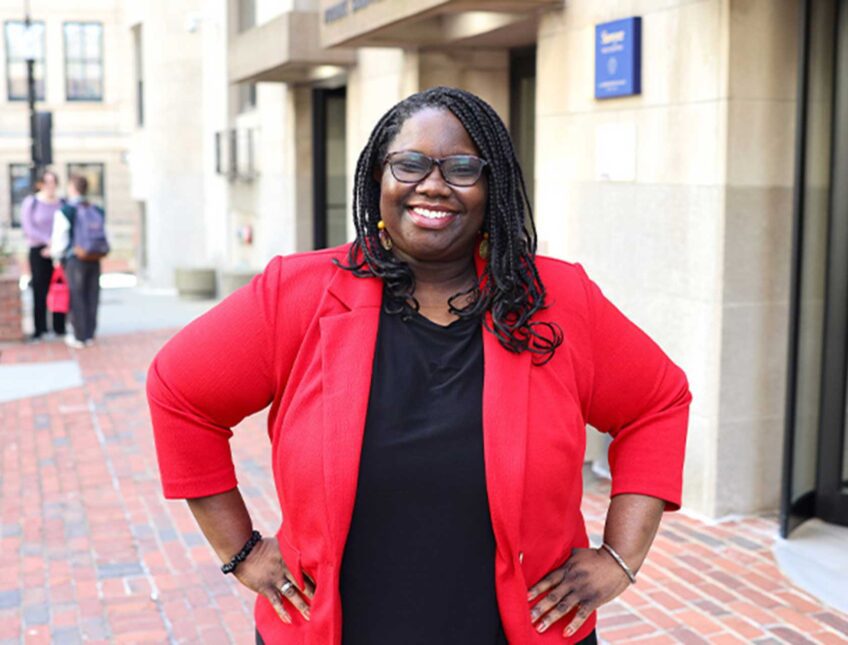In Fyodor Dostoyevsky’s great final novel, “The Brothers Karamazov,” one of the brothers imagines the return of Christ. He enters Seville, Spain, during the peak of the Spanish Inquisition, as heretics are being burnt at the stake.
After performing miracles in the square, Christ is captured by the Cardinal Grand Inquisitor and confined to a solitary cell. Here, the cardinal, a 90-year-old man, confronts the silent Christ and makes the case for organized religion as a form of enslavement that better suits humanity than the freedom of choice that Christ offers to humankind.
The tantalizing passage has inspired adaptations that vary from an Off-Broadway musical and an episode of “The X-Files” to a semi-staged production by renowned theater director Peter Brook.
In 2005, Brook directed an adaptation by Marie-Hélène Estienne for his long-time actor Bruce Myers, who is both narrator and cardinal in a 60-minute monologue. From 2005 to 2008, Myers toured the world with this solo performance, which had its Boston premier on March 24 as part of a 12-day presentation of two Brook productions by ArtsEmerson: The World on Stage. “The Grand Inquisitor” was on view through April 3 at the Black Box of the Paramount Center in Boston’s Theatre District.
His back to the audience, clad in black and barefoot, the silent Christ (Emerson student Sheldon Brown) sat on a stool on the small platform stage, facing the cardinal, who alternatively sat, stood and paced, bathed in lighting by Philippe Vialatte.
Myers as narrator rendered Dostoyevsky’s sensuous descriptions of the square, populated by ladies in gowns and swarming crowds, with a richly timbered voice that turned the audience into a circle of entranced listeners. And as the 90-year-old cardinal and grand inquisitor, he was a stern and seething presence, his sallow face, white beard, glinting eyes and bony hands accented by a long black overcoat.
Such was the authority of his performance that when, well into the monologue he paused mid-sentence, at first it seemed to be intended for dramatic effect. But as a prompter in the first row offered some words in a low voice, it became apparent that Myers was occasionally struggling with his lines. While it was dismaying to see an accomplished actor having trouble, his moments of frustration and dogged commitment to his performance added a poignant subtext to his portrayal of an old man. Aside from the momentary lapses, he flawlessly delivered long passages of the hour-long monologue.
In the final moment of the scene Christ strode across the stage and kisses the cardinal. A subtle actor, Myers registered a momentary flicker of humanity on his face. Then he recited the last line: “The kiss glows in his heart; but the old man adheres to his idea.”

![Banner [Virtual] Art Gallery](https://baystatebanner.com/wp-content/uploads/2024/04/NJ-H_1-150x150.jpg)




